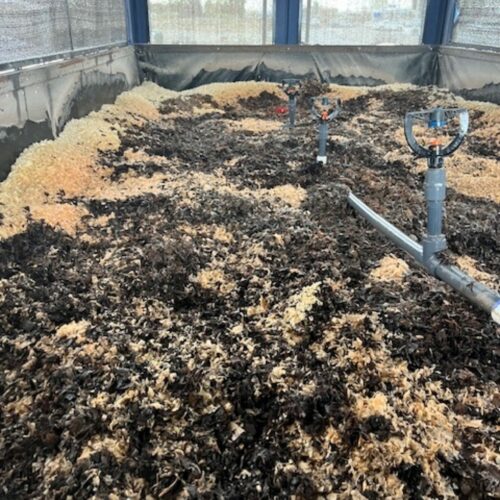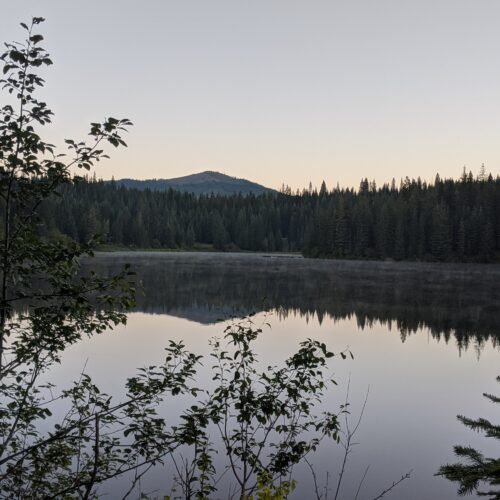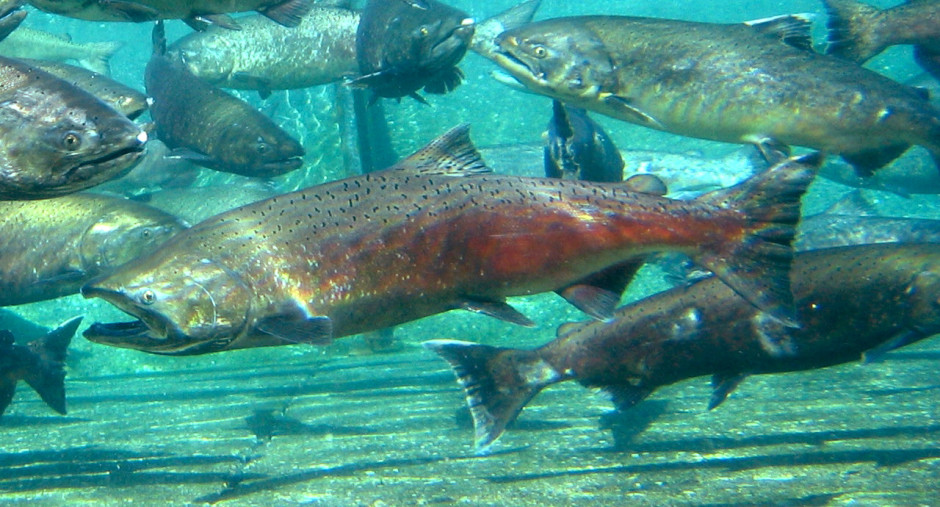
Listen Up: Northwest Researchers Have Started Tracking Salmon With Sound
Listen
Salmon researchers are turning to sound to learn more about the fish they’re trying to understand.
There is a lot of data about salmon out there, and that data is complex and hard to process. But researchers hope setting fish migration patterns into notes and tones can make it easier to analyze.
Jens Hegg with the University of Idaho is the lead author of a study published in Heliyon. He wanted to distill the databases of salmon migration down to something that your brain can process more easily.
“It gives us this way to really explore the data before analysis and really figure out what’s going on with the fish — in ways that we wouldn’t otherwise be able to see,” Hegg said.
The human mind processes sound differently, he explained; it’s easier to hear the complicated sounds than if you had to analyze complex charts and graphs.
Turning data into sound is called sonification. The process has been used to study data from deep space and deep in the ocean. Hegg said this is the first time it’s been used to study salmon migration.
To make the sounds, researchers had to figure out the migration timing. They used chemical data in the salmons’ ears. The fish have bones in their ears called otoliths that store chemical information about where fish are — and when they swim through each place.
“It’s a temporal record. It’s their chemical record in these tree-ring-like bands inside their ear bone of the chemistry they experience,” Hegg said.
Composers working at Eastern Washington University, the University of Tampere in Finland and the University of Virginia turned that information from the ear bones and into sound.
“Otolith data, that’s huge,” said Jonathan Middleton, professor of composition and department chair at Eastern Washington University. “Jens was sending me Excel sheets that were so long, I didn’t even know where I was in them.”
It took quite a long time — years — and a lot of back and forth for Middleton and his grad students to finish the composed piece. Middleton has worked with data sonification since 2005 and has developed software to help researchers turn their data into sound.
“There are so many areas in science to explore by hearing data, and it just requires more collaborations of this kind,” Middleton said.
This project studied 45 fish. Each fish was assigned a tone. A bell rings to represent each salmon moving downstream.
Layered together, the sound becomes messy as more and more fish get on the move. Toward the end of the track, the tones calm down. The last few fish left in the Lower Snake River head toward the ocean.
Hegg found people were able to hear when the sounds changed. The researchers asked people if they could hear the differences in pitch and tone as they played the sonification.
“People are very attuned to changes in pitch and changes in timing, and they were all able to pick out those transitions,” Hegg said.
They found that the listeners as a group were more accurate in hearing the transitions than when they listened by themselves. People also understood the changes in pitch and tone better when the sound wasn’t accompanied by an animated graphic.
With the sonification, researchers can see changes in data over large geographies and short time periods.
Hegg hopes they’ll be able to detect patterns in salmon migrations that they wouldn’t otherwise see from scanning large databases.
“You can come out with some really interesting findings that make you question: are there better ways to do what we’re doing?” Hegg said.
Maybe one day, Hegg said, this type of research could be used to figure out why wildlife moves from place to place, especially if those animals have GPS tracking collars. It could also be used in research on other animals that migrate at certain times of the year — like monarch butterflies.
Copyright 2018 Earthfix
Related Stories:
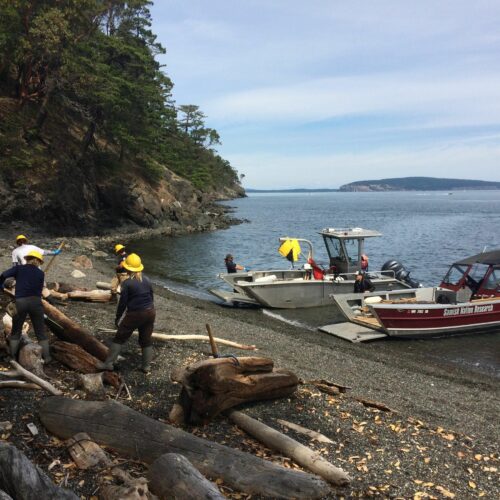
Samish Indian Nation cleans up over a million pounds of marine debris, more to go
It’s that time of year when flowers are blooming, bees are buzzing, and crews working for the Samish Indian Nation are scouting shorelines within the San Juan archipelago, looking for marine debris.
Continue Reading Samish Indian Nation cleans up over a million pounds of marine debris, more to go

Historic agreement seen as a harbinger to Snake River dam removal
Ice Harbor Dam on the Snake River. Gov. Jay Inslee and U.S. Sen. Patty Murray said removing the four dams on the Lower Snake isn’t feasible right now. CREDIT: Bonneville… Continue Reading Historic agreement seen as a harbinger to Snake River dam removal
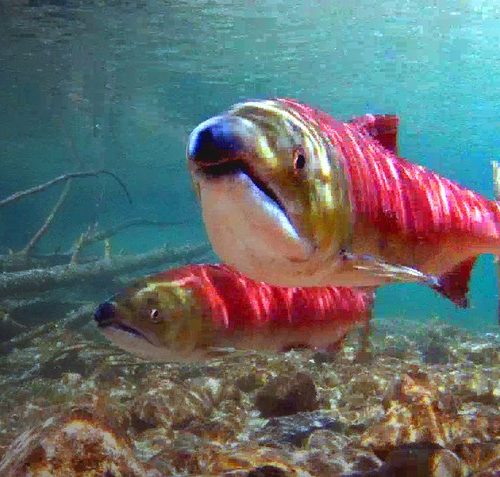
Tribal members gather to demand U.S. Government fulfill treaty obligations
Sockeye salmon like these are among the salmon species in peril. (Credit: Aaron Kunz) Listen (Runtime 2:57) Read For Northwest tribes, removing the four lower Snake River dams means more… Continue Reading Tribal members gather to demand U.S. Government fulfill treaty obligations




